Renaming imminent, it is learnt. IAF aims to boost intel, surveillance & reconnaissance capabilities via space assets, has started training officers to operate in space.
New Delhi: The proposal to change the name of the Indian Air Force (IAF) to the ‘Indian Air and Space Force’ (IASF) is likely to come through “anytime now”, ThePrint has learnt.
“Space, as a domain, is adaptable to the air force and is only a natural transition,” said a highly-placed source in the IAF, adding that the proposal to change the force’s name was sent to the Union government less than a year ago, in keeping with the defence minister’s exhortation during the 37th Air Chief Marshal P.C. Lal Memorial Lecture on 5 May last year.
The IAF, Defence Minister Rajnath Singh had said at the time, must
“become an aerospace force and be prepared to protect the country from the challenges of the future”. The Air Force is taking such measures to implement the changes, added sources in the defence establishment.
Indian armed forces already use NavIC, an Indian version of the US Global Positioning System, which is inherently a positioning, navigation and timing (PNT) service. NaVIC services are accessible at a higher accuracy for defence purposes and at relatively lower accuracy for civilian purposes. Such indigenous positioning and navigation services are important, given India’s experience of being denied GPS support during the Kargil War.
A first-generation NaVIC satellite stack
NavIC, at this point, is however not comparable to the GPS, which offers global coverage. NavIC services are limited to 1,500 km beyond the Indian landmass.
“Additional satellites as part of the NavIC constellation are under consideration to be launched to expand the coverage,” said the IAF source quoted earlier.
In September, Indian Space Research Organisation (ISRO) chairman S. Somanath had
said that the space agency is trying to increase the navigation coverage of NavIC to 3,000 km. The widening of the coverage would mean that it would include neighbouring countries.
In addition to this, the Air Force is looking to make better use of space-based electro-optical sensors as well as electronic intelligence gathering (ELINT). In its initial stages, the IAF aims to strengthen intelligence, surveillance and reconnaissance (ISR) capabilities through space assets, it is learnt. Accurate prediction of terrestrial weather using satellites and space-based sensors helps support air and ground operations, besides helping forces plan missions better.
Space-based sensors will help in the prediction of terrestrial weather and enable forces to carry out bigger and more accurate operations. Understanding space weather and constantly monitoring it is crucial to keeping space assets safe from various natural phenomena that can affect safe operation of satellites.
HySIS & EMISAT - Same bus architecture used to realize satellites for Hyperspectral Imaging & Electronic Intelligence-gathering missions, respectively
Likewise, space traffic monitoring would also help ensure safe and sustainable use of space and can prove effective in precisely timing satellite launches into space, avoiding any collision risks in orbit.
“It would be prudent for the country to merge this information with the Integrated Air Command and Control System (IACCS) of the IAF to provide comprehensive air and space situational awareness, since the IACCS is a fusion of all sensors held with the IAF, Army and Navy as well as civilian agencies,” said the IAF source quoted earlier.
Multi-Object Tracking Radar (MOTR) developed by ISRO - High-fidelity tracking of orbiting objects & debris is a crucial component of Space Situational Awareness (SSA)
Explaining the need for the Air Force to transition into space, Air Marshal G.S. Bedi (retd), former director general (inspection and safety) of the IAF and currently a Distinguished Fellow at the Centre for Air Power Studies, told ThePrint:
“With time, more and more threats are likely to emerge from space and will have to be detected from space-based sensors to neutralise them in time.”
“Take, for instance, ballistic and hypersonic missiles. These are launched from far-off distances and cannot be detected by line-of-sight radars. Hence, ground-based radars and space-based sensors will have to be integrated for timely detection of every kind of threat. If the Air Force is renamed as the ‘Air and Space Force’, it will only help in building its orientation towards space where there is an increased need to focus more,” he added.
The IAF is also carrying out space-related contingencies and exercises that includes training to function in a GPS-denied environment, satellite-communications-denied environment, as well as space-based surveillance-denied conditions. This is to ensure unhindered progress of operations, even in the face of adversity and threats that deny access to space-based capabilities.
In terms of accessing space, the IAF is looking at procuring the Reusable Launch Vehicle (RLV) that is under development at ISRO. The IAF source told ThePrint that the autonomous landing trials of this spaceplane have already taken place and the Air Force is keen on buying the vehicle, which is capable of circling the Earth at an altitude of 350 km in space for nearly a month.
The vehicle is similar to a space shuttle and would have a payload capacity of 200-1,000 kg. It will also be capable of carrying a human onboard. RLV is not a standalone rocket, instead, it is a winged aerospace vehicle that is mounted atop a rocket.
RLV-TD during it's preparations for autonomous landing trials, seen here with the apparatus used for suspending under a IAF CH-47F Chinook
Only the US and China are known to possess operational spaceplanes.
Furthermore, the IAF is looking at the procurement of soft kill and defensive options to deploy into space to safeguard Indian satellites from being attacked by adversaries, said the IAF source. For comprehensive operations, the air force is collaborating with ISRO and Indian National Space Promotion and Authorisation Centre, or IN-SPACe, which is a single-window autonomous agency under the department of space of the Government of India, for growth of the overall space ecosystem.
Once the name change is in place and details are ironed out, the IAF will enhance collaboration with NewSpace India, a commercial arm of ISRO, which is a wholly owned government company under the administrative control of the department of space.
To that effect, the IAF has already started training officers and airmen to operate in space by introducing theory studies in institutes including the College of Air Warfare. The IAF’s think tank, Centre for Air Power Studies, now holds space capsules simulations to understand the domain better, it is learnt.
This comes as part of IAF’s space vision 2047, which aims to build deterrence and defence capabilities in space, and to enhance national security, bolster R&D capabilities as well as provide business for the private industry.
To that effect, the government is looking at the launch of more than 100 military satellites in the next seven-eight years.
(Edited by Nida Fatima Siddiqui)
Renaming imminent, it is learnt. IAF aims to boost intel, surveillance & reconnaissance capabilities via space assets, has started training officers to operate in space.

theprint.in
@Nilgiri @TR_123456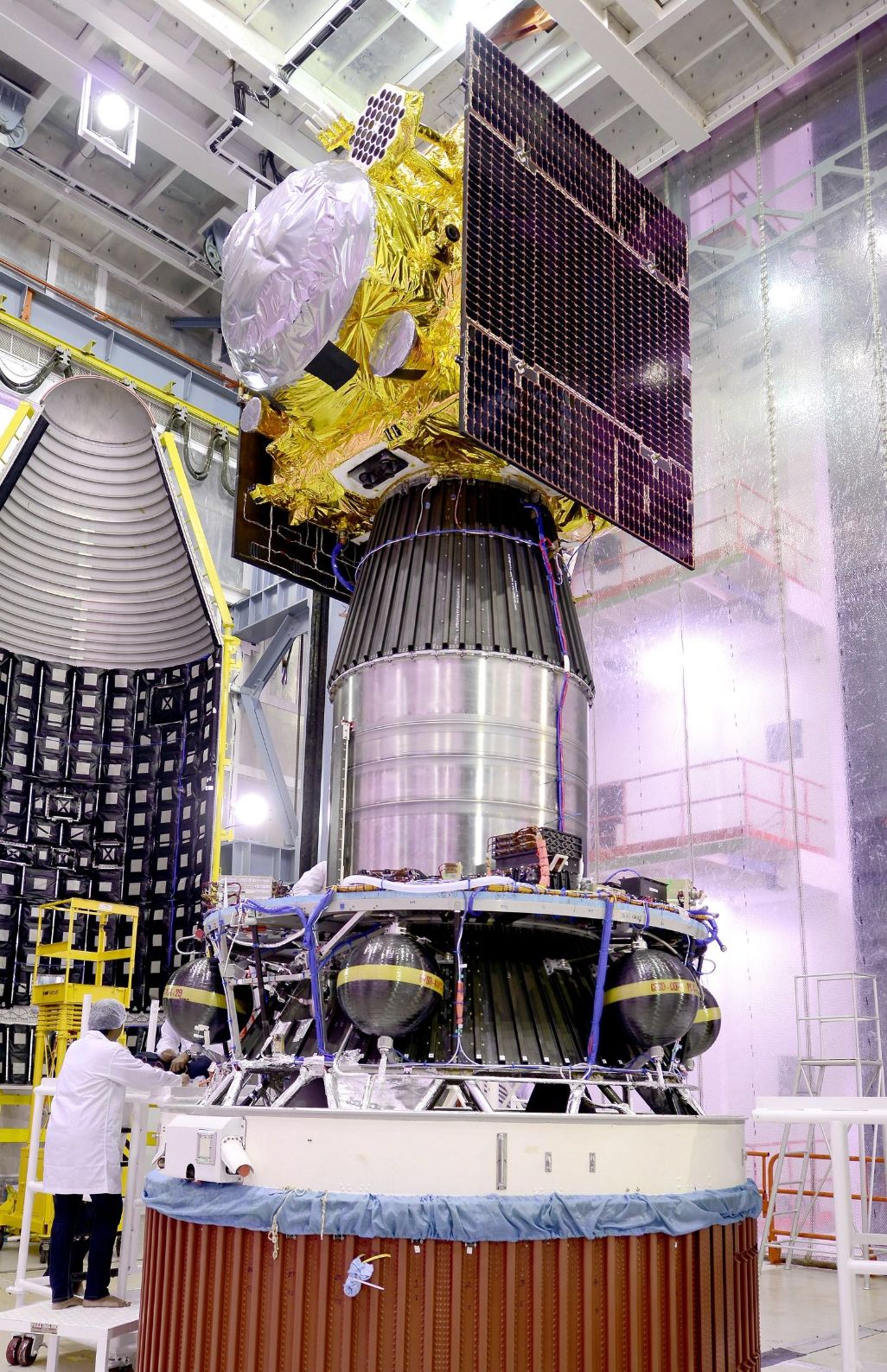
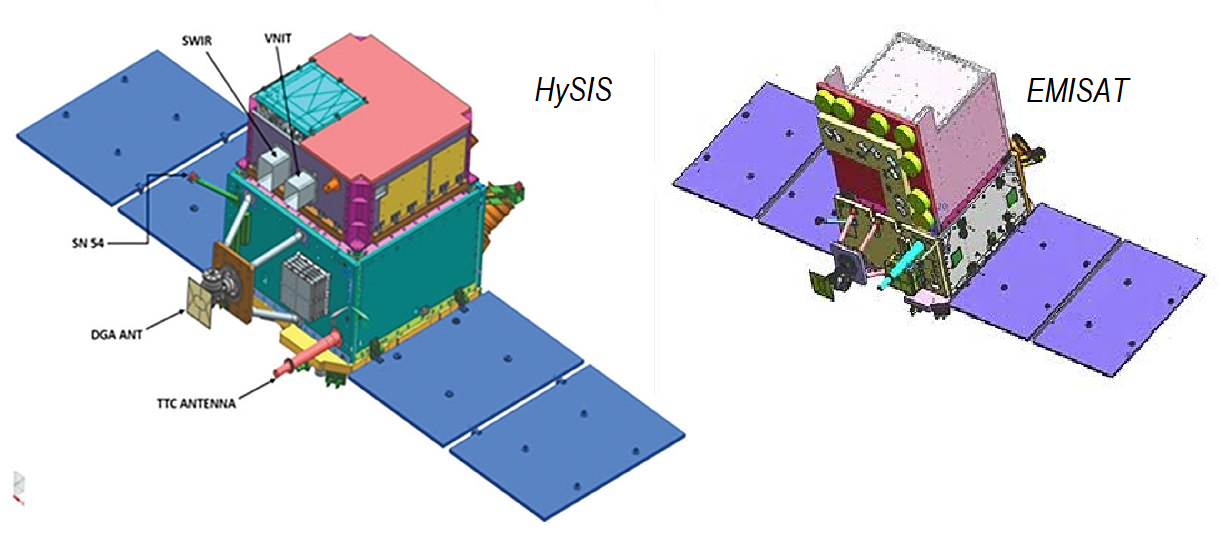
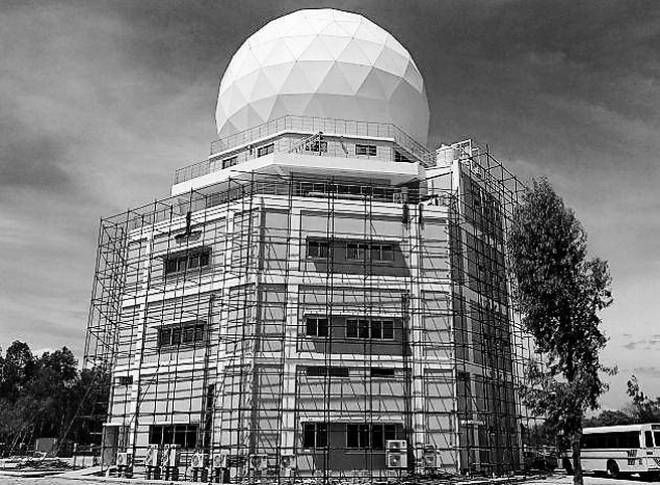
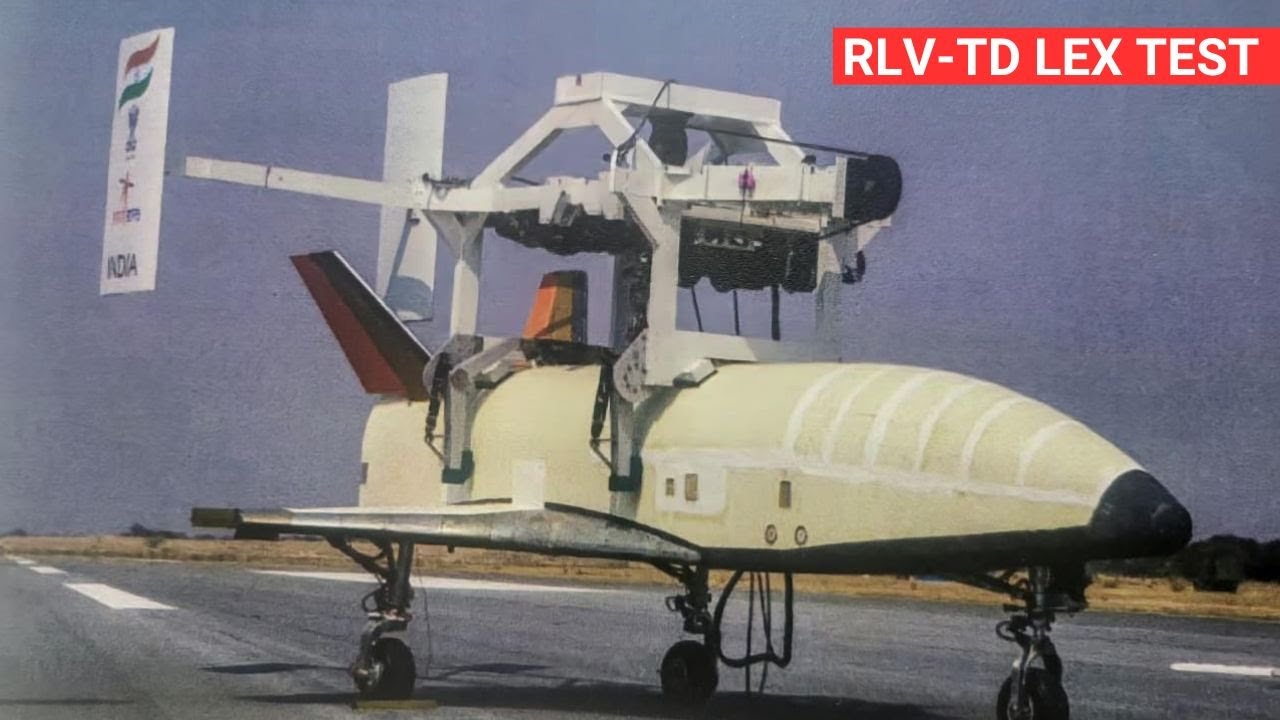
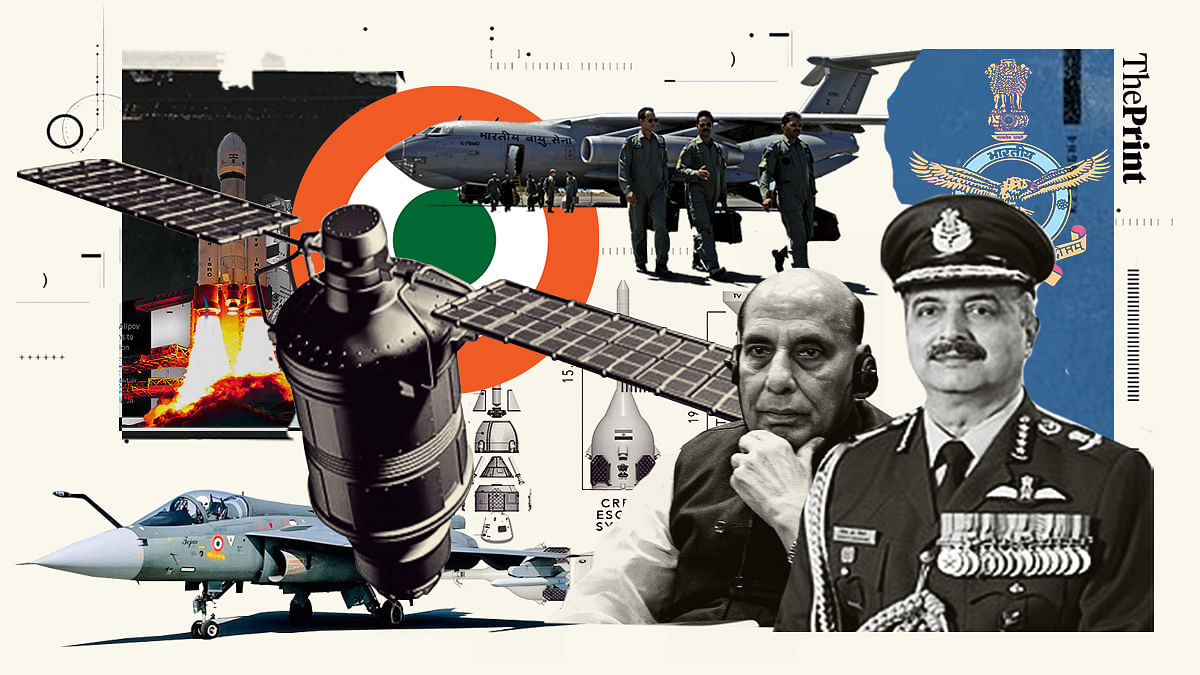
 theprint.in
theprint.in
